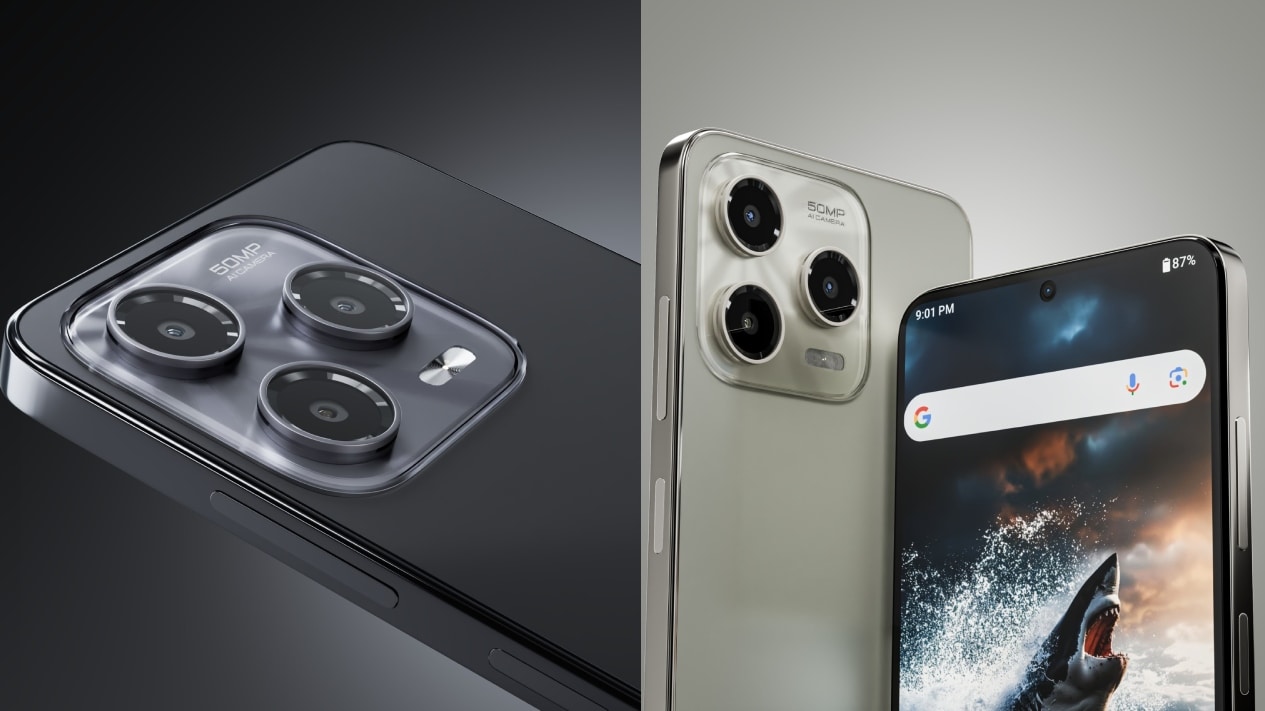Qualcomm hosted its first Snapdragon for India: Auto Day on Wednesday, showcasing multiple strategic collaborations in the automotive sector. Imagine if I tell you that the car you’re probably driving has a Qualcomm chipset? That was news to me when I spoke with Qualcomm executives at the sidelines of Snapdragon for India: Auto Day in New Delhi. At the event, the chip-maker showcased various strategic collaborations with partners, like KPIT, an AI-powered Smart Chassis Platform with Integrated Vehicle Motion Control (IVMC). Of course, this is powered by Qualcomm, which acts as an enabler for such a tech stack.
Nakul Duggal, Group GM, Automotive and Industrial and Embedded IoT, Qualcomm, talked about the company’s strategic focus on India, highlighting its significant engineering presence and innovation efforts. During his keynote, Duggal spoke about the shift from low-end to premium experiences in India, with a focus on AI through Digital Chassis. The event also highlighted Qualcomm’s partnerships with major automakers, including Maruti Suzuki India Limited and Mahindra, showcasing advanced technologies such as autonomous braking and cybersecurity features.
Nakul Duggal, Group GM, Automotive and Industrial and Embedded IoT, Qualcomm, during keynote
Hisashi Takeuchi, Managing Director & CEO of Maruti Suzuki India Limited, discussed how the collaboration with Qualcomm began five years ago. He also revealed that the second-generation Baleno was the first car from the company to utilise connected car features from Qualcomm, and he added that the upcoming e-Vitara EV will feature Qualcomm technology. The event also saw the presence of Velusamy R, President – Automotive Business, M&M Limited and Managing Director, Mahindra Electric Automobile Limited.
Qualcomm is powering premium in-cabin experiences
Qualcomm’s Duggal discussed the various aspects of how the company is enhancing premium in-cabin experiences, like multiple high-res displays at the front and rear with enhanced graphics support, natural language understanding for intuitive voice control for vehicle interactions, multimdal interfaces for multiple mechanisms for engaging the vehicle, face recognition that can add an extra layer of security and highly personalised experience for all occupants. He also discussed key aspects, such as driver monitoring, which keeps drivers alert and aware of their surroundings to enhance safety, as well as a surveillance system featuring surround-view cameras, adding contextual awareness to enhance safety and security further.
![]()
Qualcomm says that over 350 million vehicles globally are powered by Snapdragon Digital Chassis
The premium in-cabin experience will also include a premium sound experience with zonal audio with active noise and echo cancellation, machine learning and Edge AI for user and contextual data to inform higher levels of personalisation.
Duggal gave an example of how Qualcomm has been in automotive for 20+ years, “We started our journey with OnStar, with General Motors back in 2002, when the US was moving from analogue to digital, we worked with GM to get them to use CDMA, which was a technology that we innovated. And the history of the company was actually in trucking telematics. Back in the late 80s, we had actually created a system called Omni Tracks, which was solely for long-distance trucking in the US and Mexico and eventually in Europe.”
![]()
Qualcomm keeps two-wheelers in focus as well with services like 4G/ 5G/ GPS, Wi-Fi, Bluetooth LE, nearby charging station notifications, vehicle service alerts and more
V2X is a critical component, and adoption in India is key
Duggal also touched upon the global call to action for road accidents. He claimed that around 1.2 million fatalities globally could be prevented each year by adopting advanced vehicle-to-everything (V2X) technology. In his keynote, he explained that V2X technology supports direct, low-latency communication between vehicles (V2V), roadside infrastructure (V2I) and vulnerable road users (V2VRU). The tech can help with collision avoidance safety systems, as well as safety alerts to cyclists and pedestrians, forward collision avoidance, and road safety hazard warnings.
![]()
Qualcomm’s India focus includes pushing digital cockpits and smart mobility
Duggal also talked about how the Autotalks acquisition by Qualcomm brought global, production-ready V2X solutions.
He also touched upon the fact that India has been an engineering hub for Qualcomm for more than 10 years, with the team here supporting the entire chipset and software roadmap, test engineering, telematics, cockpit, ADAS, two-wheelers, connected services, global customer engineering, and India customers are supported locally. There are centres in Hyderabad, Delhi NCR, Chennai, and Bangalore.
Qualcomm wants to make India a global leader in connected safety
The most important segment of the event was when Qualcomm’s Nakul Duggal emphasised the need for the government and industry to align to accelerate V2X deployment at scale, aiming to reduce road accidents and fatalities in the country significantly.
![]()
Qualcomm offers telematics, digital cockpit, ADAS, connected two-wheelers, and connected services
This will involve near-term government regulatory certainty and supportive policy, such as introducing a life-saving safety spectrum for free by delicensing the 5875-5925MHz band at the earliest for V2X deployment, as well as the inclusion of V2X in Bharat NCAP 2.0, which is scheduled to be implemented in 2027. Qualcomm also pitches to incentivise two-wheelers to add V2X, making them visible to four-wheelers and trucks, alongside the deployment of V2X roadside units at crash hotspots, such as highways.
He also discussed how AI-powered automated crash response can be highly efficient, like integrating infotainment and telematics for enhanced safety.



